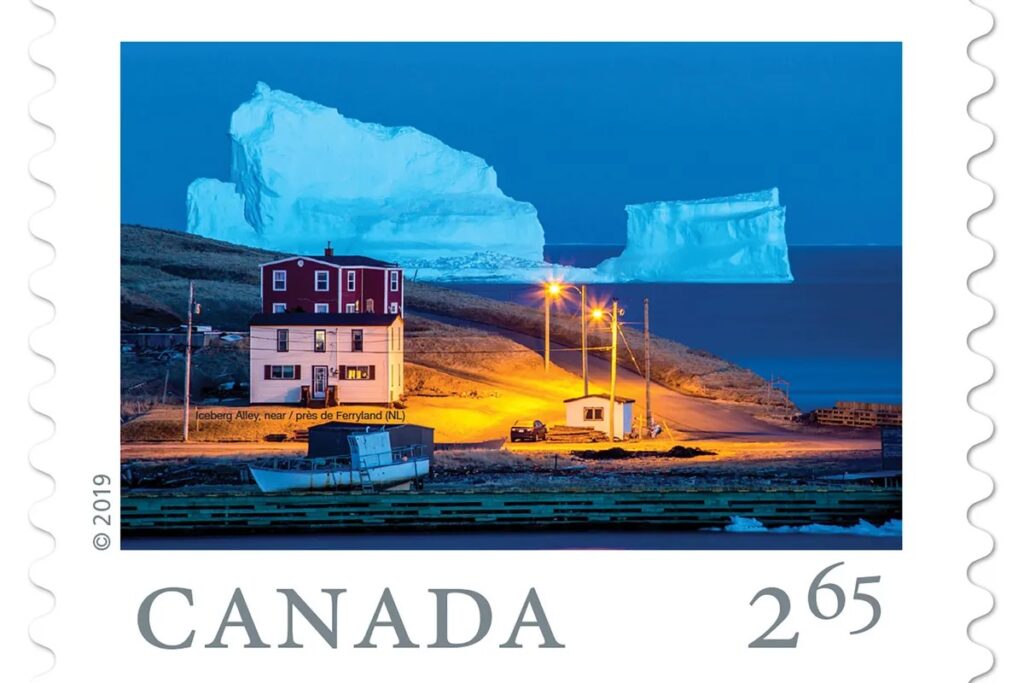
Iceberg Alley, which stretches from the Arctic to the southeast coast of the island of Newfoundland, is the ideal location for iceberg viewing – even from your kitchen window while cooking the local favorite ‘Jiggs supper.’
You’ll never run out of icebergs to see if you live in Canada’s Iceberg Alley. And when the sea ice melts in the spring, they’ll appear even more beautiful.
The icebergs come from much farther north, mostly Greenland, where glacier pieces break off throughout the spring and summer. Ocean currents then transport them from north to south, down Baffin Bay, to the Labrador Sea, where they melt.
A lesser proportion of these behemoths originate in Canada, with currents bringing them from Baffin Bay through the David Strait and into the Labrador Sea before arriving on the eastern and western coastlines of Newfoundland.

These massive slabs of ice are roughly 10,000 years old, and 400-800 of them are believed to travel through Iceberg Alley each year. Their speed is determined by numerous factors, including their form and size, as well as winds, currents, and waves, although it is typically approximately 0.4 miles per hour.
These icebergs appear to be enormous, yet what you see is simply the “tip of the iceberg.” Only around 10% of the iceberg is visible above water!

According to Atlas Obscura, there are six varieties of icebergs, and Iceberg Alley features all six. Tabular icebergs are ice slabs that are substantially wider than they are tall. Blocky icebergs feature steep slopes and sharp angles, like truncated pyramids. Wedged icebergs have a steep and a sloping side. Dome icebergs have a rounded top. Pinnacle icebergs have one or more steep pinnacles that thrust skyward. Finally, dry dock icebergs are U-shaped.

As icebergs migrate south, they end themselves in increasingly warm waters and begin to melt. They become extremely unpredictable at this point, as evidenced by the one that destroyed the Titanic off the coast of Newfoundland in 1912. Although we can now monitor medium and large icebergs through satellite, small ones often go undiscovered, posing the greatest hazard to smaller vessels.
The one below, on the other hand, was unmistakably spotted by any satellite. When this massive iceberg stopped alongside a little Newfoundland village in 2017, it drew international notice.
The iconic view was even turned into a stamp:

So despite the fact that this giant melted a long time ago, it keeps circling the globe – on postcards. Iceberg Alley is indeed amazing.

This was beautiful and delightful to watch and listen to. It was educational as well!